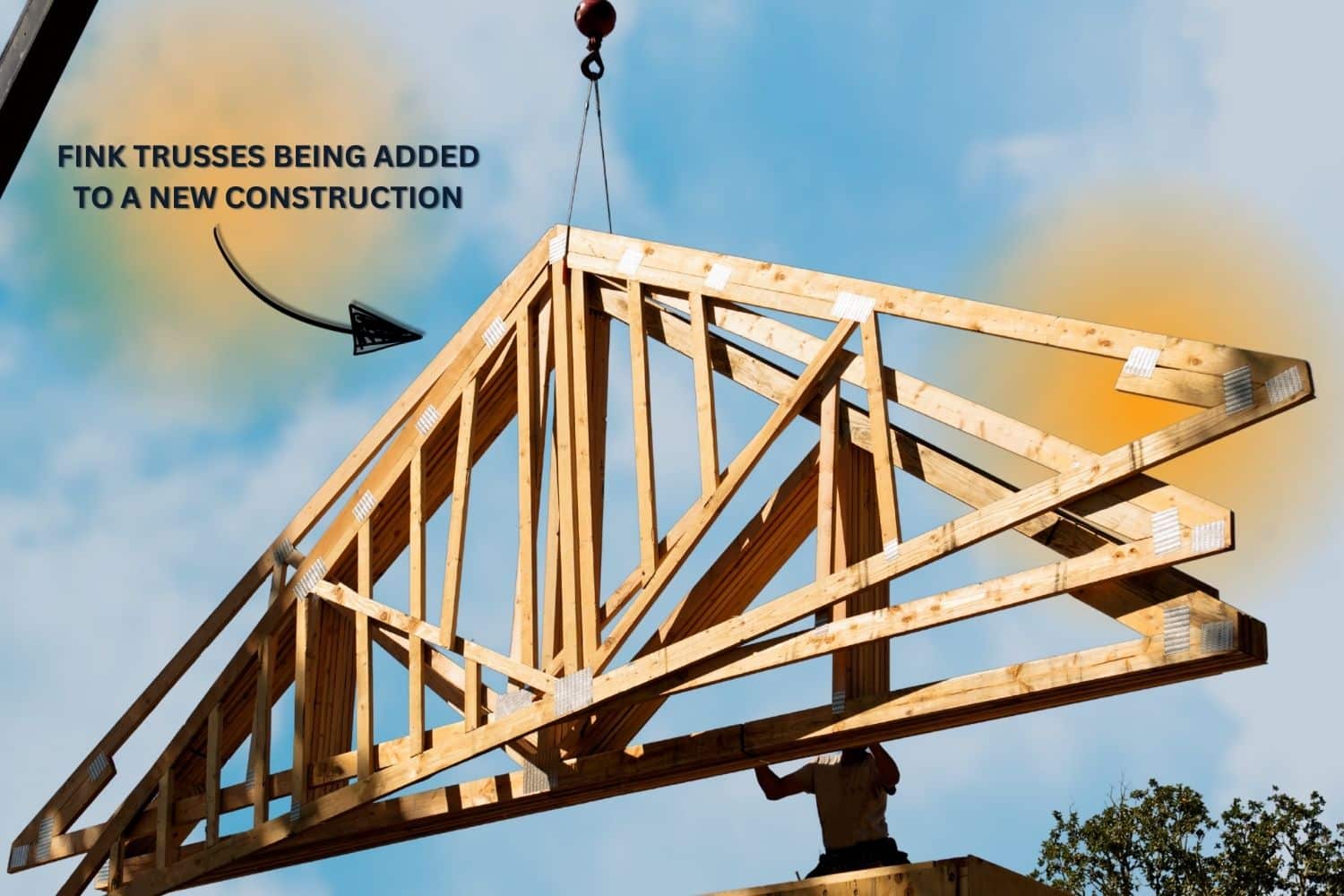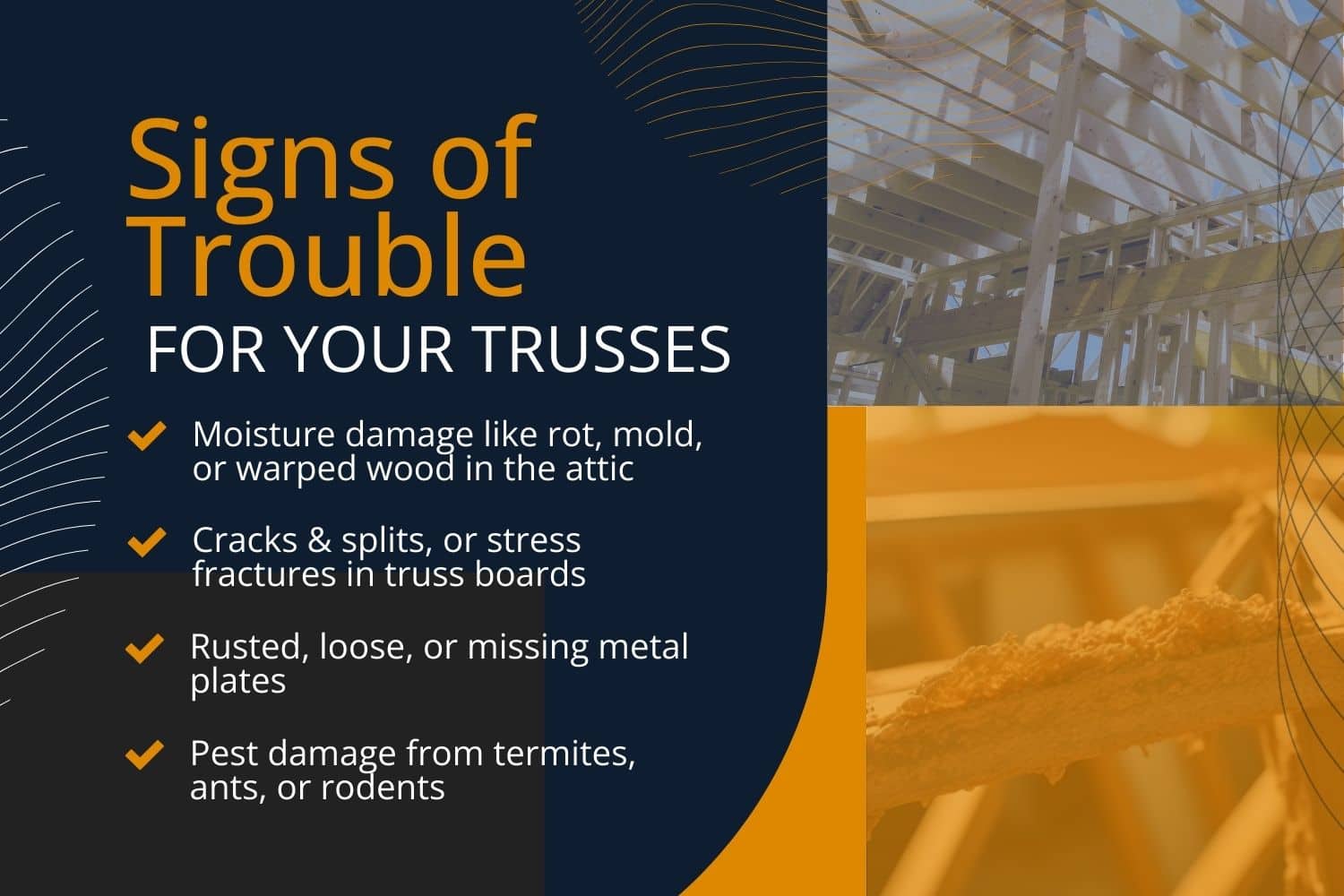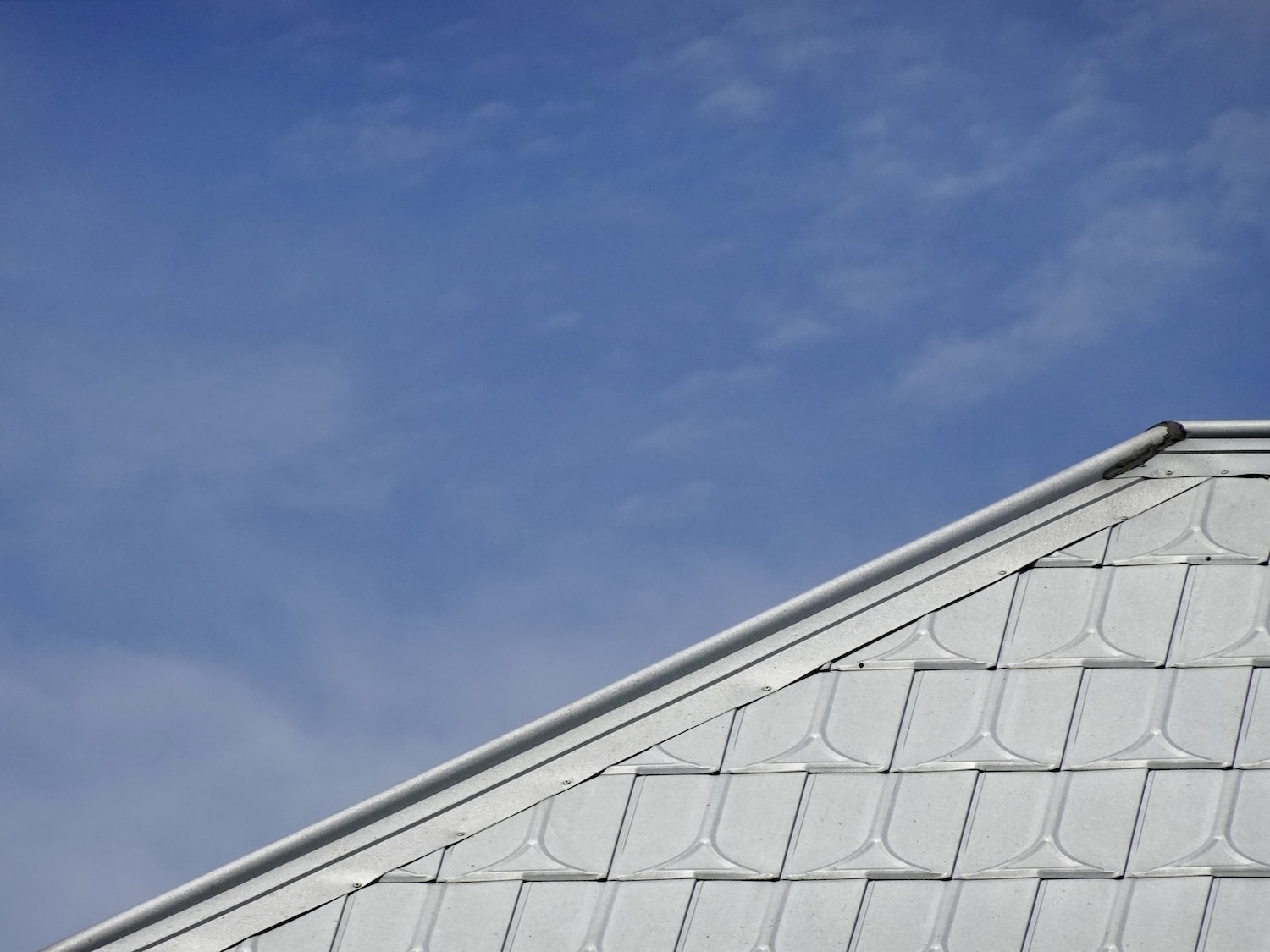For buyers and homeowners in the Naperville area, knowing what roof trusses are and how they age can be important during a home inspection. Let’s break down what roof trusses do, the types you may find, how they can show signs of wear, and why professional inspections are key to protecting your investment.
What Are Roof Trusses?
A roof truss is a pre-engineered wooden framework that supports the roof. Trusses are built in a triangular shape for strength and stability, then installed as a unit. They connect the top of your walls to the roof decking and shingles above.
Trusses are designed to:
- Distribute the weight of the roof evenly
- Resist wind, snow, and other environmental forces
- Maintain the shape of the roof over time
Because they are factory-made and engineered, trusses provide a consistent and cost-effective alternative to traditional rafters.

Types of Roof Trusses
Not all trusses are the same. Their design depends on the size, slope, and style of the roof. Some common types include:
- King Post Truss: Simple triangular shape, often used for smaller spans.
- Queen Post Truss: Similar, but with two vertical posts for added support.
- Fink Truss: A popular option with a W-shaped web for strength.
- Scissor Truss: Creates vaulted ceilings by sloping the bottom chord.
- Attic Truss: Provides additional storage or living space under the roof.
Each design has different strengths, but all serve the same purpose: to support and stabilize the roof.
Why Roof Trusses Matter in a Home Inspection
Roof trusses play a vital role in the structural integrity of a house. During a home inspection, an inspector will look for any signs of truss damage or improper installation because these issues can affect the safety and long-term durability of the roof.
Problems with trusses can lead to:
- Roof sagging or uneven surfaces
- Difficulty supporting snow loads in winter
- Cracked drywall or shifting walls
- Reduced the lifespan of shingles and decking
Even though trusses are out of sight, they should never be out of mind.
Common Signs of Wear in Roof Trusses
Moisture Damage
Leaks from the roof or poor ventilation can allow moisture into the attic. Over time, this may cause wood rot, mold growth, or warping of the truss members.
Cracks and Splits
Wood naturally expands and contracts with humidity changes. Stress over time can cause cracks or splits in the truss boards. Even minor cracks should be monitored, as they can spread.
Metal Plate Issues
Most trusses are joined with metal connector plates. If these plates rust, pull away, or become loose, the stability of the truss can be compromised.
Improper Alterations
Homeowners sometimes cut into trusses to add skylights, attic access, or ductwork. Any modification can weaken the design and lead to structural problems.
Pest Damage
Termites, carpenter ants, or rodents may damage truss wood, creating hidden weaknesses. This is especially important in humid climates where pests thrive.
When properly installed and maintained, roof trusses can last the life of the home. According to the National Association of Home Builders (NAHB), wooden roof trusses are expected to last 80 to 100 years. Their durability depends on environmental factors, moisture control, and whether they remain unaltered.
How Inspectors Check Roof Trusses
During a home inspection, the attic is one of the most telling areas. An inspector will:
- Look for water stains or mold growth
- Check that trusses are not sagging or pulling apart
- Examine metal connector plates for rust or loosening
- Verify that no unapproved modifications have been made
- Identify any signs of pests or damage from past infestations
If significant issues are found, the inspector may recommend a structural engineer or roofing contractor for further evaluation.

What Homeowners Can Do to Protect Roof Trusses
While trusses are not usually visible day to day, homeowners can take steps to extend their lifespan:
- Maintain good attic ventilation: Helps control humidity and prevent condensation.
- Address roof leaks quickly: Even small leaks can damage wood over time.
- Avoid DIY alterations: Cutting into a truss without engineering approval can lead to failure.
- Schedule regular inspections: Professional inspections can spot problems early before they become costly repairs.
Other Questions Homeowners Are Asking
What else can attic inspections reveal?
Attics often show early warning signs of roof leaks, insulation problems, and even electrical issues. A professional inspection covers these areas to protect the entire home.
How do roof trusses compare to rafters?
Rafters are cut and assembled on-site, while trusses are pre-engineered. Trusses are more common in modern construction because they are cost-effective and stronger for larger spans.
Are roof trusses included in every home inspection?
Yes. Inspectors evaluate the attic and roof structure as part of a complete home inspection, checking for visible signs of wear or damage.
Can damaged trusses be repaired?
In many cases, yes. Repairs often involve reinforcing the truss with additional lumber or metal plates. Severe cases may require replacement.
When to Call a Professional
Roof trusses are designed to last for decades, but problems often hide in the attic where homeowners rarely look. If you notice warning signs like sagging ceilings, water stains, cracks in drywall, or unusual attic smells, it’s time to schedule an inspection.
At Prospective Home Inspections, we go beyond a surface check. Our team evaluates the entire roofing system (trusses, shingles, ventilation, and attic spaces) to spot hidden risks before they turn into costly repairs. By catching small issues early, we help you protect your home’s structure, improve safety, and avoid surprises during a sale or purchase.
Conclusion
Roof trusses may be hidden, but they are one of the most important parts of a home’s structure. Knowing what they are, how they function, and how they can show wear helps homeowners and buyers stay ahead of costly problems. Regular inspections ensure trusses remain strong and the roof above them continues to protect the home.
Contact Prospective today to schedule a professional home inspection in Naperville and the surrounding area.




